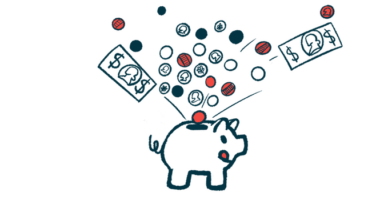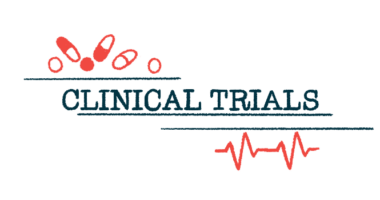AstraZeneca to add CAR T-cell therapy to pipeline with Gracell buy
Company to get GC012F for myeloma, other cancers in deal worth up to $1.2B

AstraZeneca is set to buy Gracell Biotechnologies in a deal worth up to $1.2 billion that would add GC012F — an experimental dual-targeting CAR T-cell therapy being developed for multiple myeloma and other hematologic or blood-borne cancers — to the buyer’s pipeline.
CAR T-cell therapy works by reprogramming autologous, or a patient’s own T-cells — a type of white blood cells — to attack cancer cells. Using its FasTCAR platform, Gracell shortens manufacturing time from the standard 1-6 weeks to less than two days.
“GC012F will accelerate our cell therapy strategy in haematology, with the opportunity to bring a potential best-in-class treatment to patients living with blood cancers using a differentiated manufacturing process,” Susan Galbraith, MD, PhD, executive vice president of AstraZeneca’s oncology R&D, said in a company press release.
William Cao, PhD, Gracell’s founder, chairman, and CEO, said the biotech — which will operate as a wholly-owned subsidiary of AstraZeneca — is eager to work together with the U.K.-based company “to accelerate our shared goal of bringing transformative cell therapies to more patients living with debilitating diseases.”
“By combining our expertise and resources, we can unlock new ways to harness the Gracell FasTCAR manufacturing platform, which we believe has the potential to optimise the therapeutic profile of engineered T cells, to pioneer the next generation of autologous cell therapies,” Cao said.
CAR T-cell therapy seen to work over 1.5-year follow-up
Multiple myeloma begins in plasma cells, a type of white blood cells that make the antibodies that help the body fight off infections. In multiple myeloma, however, plasma cells become cancerous and crowd out healthy blood cells in the bone marrow, causing disease symptoms.
GC012F targets BCMA — B-cell maturation antigen — and CD19, which are present at high amounts on the surface of myeloma cells (BCMA) and on early progenitor cells that could give rise to more myeloma cells (CD19). It involves collecting T-cells from a patient’s blood, reprogramming them, and returning them to the patient by infusion.
Its use is expected to kill the cancerous plasma cells, easing symptoms. Besides being tested in multiple myeloma and other hematologic cancers, there is “the potential for cell therapy to reset the immune response in autoimmune diseases,” according to Galbraith.
Early data from an investigator-initiated Phase 1 clinical trial (NCT04935580), completed in 2023, revealed that a single intravenous or into-the-vein infusion of GC012F was safe and effective at killing cancerous plasma cells in 13 adults with newly diagnosed, high-risk multiple myeloma.
In the open-label clinical trial, patients were treated with GC012F at one of three doses, ranging from 100,000 to 300,000 cells per kilogram of body weight, following three-day chemotherapy to eliminate circulating T-cells and make room for the reprogrammed ones.
Updated data presented at last year’s American Society of Hematology (ASH) annual meeting, held in California and virtually, revealed that GC012F continued to provide deep and durable responses over a median follow-up of about 1.5 years.
GC012F holds orphan drug status in US
All 22 evaluable patients had a partial or complete response to treatment with GC012F, which translated into an overall response rate of 100% as of the data cutoff date of Oct. 1, 2023. The majority (95%) had stringent complete response, which means that there were no detectable plasma cells in the bone marrow or myeloma proteins in the blood serum or urine.
None had minimal residual disease, which is used to describe a very small number of cancerous plasma cells that may remain in the body after treatment, as assessed using the highly sensitive EuroFlow cell counting method.
Six patients (27%) experienced low-grade cytokine release syndrome, a sudden, heightened inflammatory response that resolved within four days. There were no reports of nervous system toxicity.
Overall the results were positive, though researchers wrote in an abstract, shared at the ASH meeting, that “further research with [a] larger patient population and longer follow-up shall bring the hope to this unmet medical need.”
AstraZeneca’s deal values Gracell at $2 per share, totaling around $1 billion — a 62% premium from its last close in late December. An additional non-tradable contingent value right of $0.3 per share will be paid if a certain regulatory milestone is met.
The deal, expected to close in the first quarter of 2024 should Gracell’s shareholders agree, could amount to as much as $1.2 billion. AstraZeneca also will acquire Gracell’s $234.1 million in cash, cash equivalents, and short-term investments.
In 2021, the U.S. Food and Drug Administration granted orphan drug designation to GC012F, providing incentives such as tax credits for clinical trials, exemption from user fees, and potential seven years of market exclusivity should the therapy be approved.








